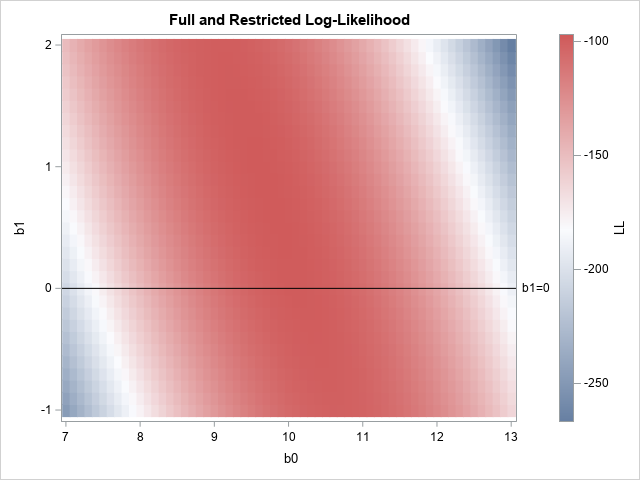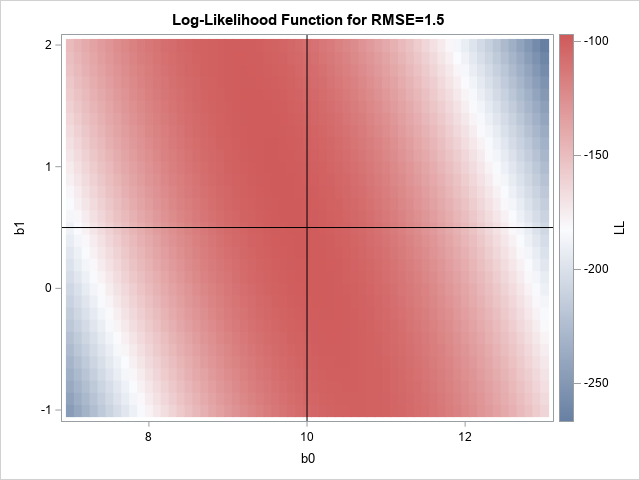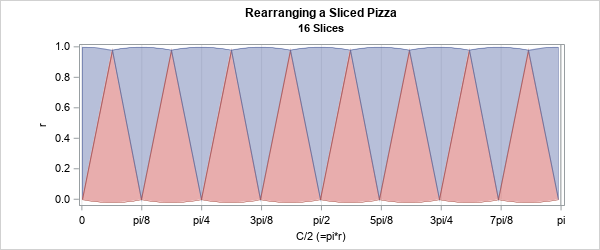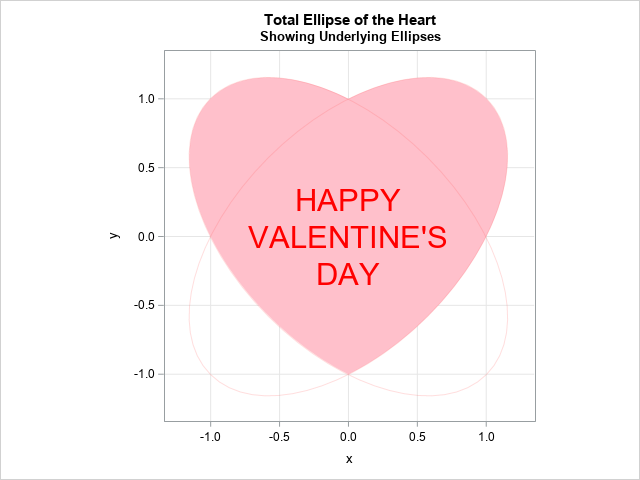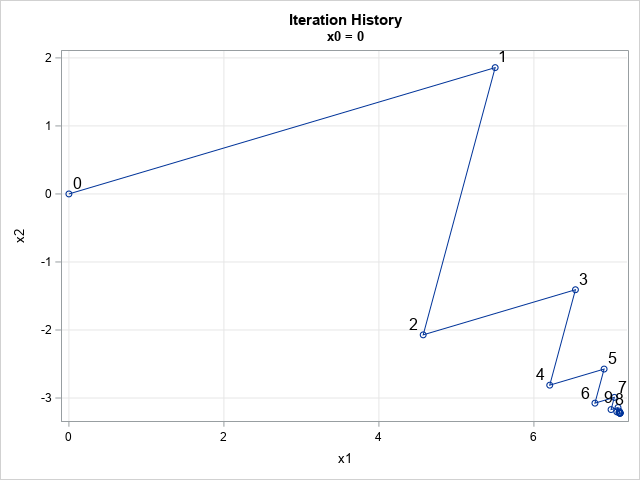
Sometimes labels for variables get "dropped" during data preparation and cleaning. One example is when data are transposed from "wide form" to "long form." For example, suppose a data set has three variables, X, Y, and Z, each with labels. If you transpose the data to long form, the new














